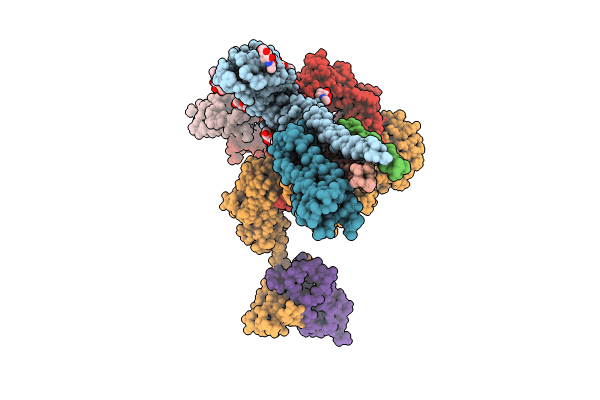
Deposition Date
2024-03-30
Release Date
2024-11-06
Last Version Date
2025-07-23
Entry Detail
PDB ID:
8YWA
Keywords:
Title:
The structure of IgE receptor binding to IgE
Biological Source:
Source Organism:
Homo sapiens (Taxon ID: 9606)
Host Organism:
Method Details:
Experimental Method:
Resolution:
3.14 Å
Aggregation State:
PARTICLE
Reconstruction Method:
SINGLE PARTICLE


